The Ephesus ruins are one of the largest and most fascinating Roman archaeological sites in the world. It has been designated as a UNESCO World Heritage Site, however, many people don’t even know of its existence.
This well-preserved ancient city is nestled in the Aegean region of Asia Minor near the port town of Kusadasi, Turkey. Kusadasi is a popular stop on a Mediterranean cruise and visiting the Ephesus ruins is the best excursion to take.
If you are planning to visit Kusadasi, keep reading to discover everything you should know before visiting the ancient Ephesus ruins.
*Disclaimer: This post contains affiliate links. If you make a purchase through a link we will receive a small commission at no extra cost to you. Thank you for your support!
What You Should Know Before Visiting the Ephesus Ruins
Table of Contents
Visitor Information
- Getting There: Ephesus is about a 30-minute drive from the port at Kusadasi. I would highly recommend booking a private tour that includes transportation and a knowledgeable tour guide. We booked our tour through our cruise line, but this is a similar tour at a great price.
- Opening Hours: The site is open daily from 8 am to 8 pm. I would recommend getting there right when it opens if possible as it gets quite crowded on cruise port days.
- Admission: Tickets are currently 40 euros (approximately $43 USD) and includes an audio guide. Check the website for updated information. If you book a private guided tour, the cost of admission is generally not included.
History of Ephesus
Ephesus traces its origins back to around 6000 BC, making it one of the oldest cities in the Mediterranean region. It is also one of the most well-preserved archaeological sites and is such a fascinating place to explore!
Ephesus was first occupied by the local Anatolian people, but was conquered by many nations and rulers over the centuries. This includes the Ionians, Lydians, Persians, Greeks, Egyptians, Pergamons, and Romans.
The site that you are visiting is actually the third location of Ephesus. The city was moved a few miles to this current location around 323 BC.
In 129 BC, the Romans took control of Ephesus. Under the rule of Caesar Augusts, the city flourished as the capital city of the Roman Empire in Asia. The majority of the structures you see today were built or reconstructed during the Roman era.
At its peak, the city boasted a population of over 250,000 inhabitants and was prosperous until the fall of the Roman Empire in the 3rd century.
Ephesus’ prosperity was fueled by its strategic location as a hub of trade and commerce. It was also a center of culture and learning, with notable residents like the philosopher Heraclitus and the mathematician and engineer Hero of Alexandria.
Ephesus’s fame spread far and wide due to its Temple of Artemis, one of the Seven Wonders of the Ancient World.
The city also has biblical ties as St. John and St. Paul lived in Ephesus for several years after Christ’s death. The Book of Ephesians is an epistle to the people of Ephesus.
Biblical accounts also show that after Jesus’ death, Paul brought the Virgin Mary to this area where she quietly lived out the rest of her days.
The House of the Virgin Mary is believed to be the home where she lived. It is open to tour and I would recommend booking a private tour that includes a stop at the House of the Virgin Mary as well.
The Best Things to See in Ephesus
The Agoras
When you first enter the archeological site, the State Agora is one of the first ruins that you’ll see.
An agora is a public space that served as a central marketplace and civic center in ancient Greek and Roman cities. This is where commercial, political, and social activities took place.
Ephesus was such a large city that it had two agoras. The first agora that you will come to when you enter the archaeological site is the State Agora.
As a state-sponsored agora, this space was not for commercial use. Instead, it served as a hub for administrative functions, legal proceedings, and public gatherings.
It featured open colonnades, a large public square, and administrative buildings adorned with statues,
The second agora, the Commercial Agora, is located by the Celsius Library and was primarily used as a marketplace.
The Odeon
The Odeon is located on the perimeter of the State Agora. This small but significant open-air amphitheater was constructed in the 2nd century and was used for political gatherings as well as performances.
Our guide pointed out something interesting to note. As you enter one of the stairways up to the theater, you’ll notice a cross engraved above the entrance gate, a sign of they city’s conversion to Christianity.
Baths of Varius
The Baths of Varius are located adjacent to the Odeon and date back to the 2nd century during the Hellenistic age.
These public baths also had private baths for some of Ephesus’ most elite citizens like famed philosopher Flavius Damianus and his wife.
The baths underwent major renovations over the centuries, and influences from different civilizations can be seen in the architecture.
Temple of Domitian
As you walk towards the center of the city, you’ll pass by the remains of the Temple of Domitian.
This is believed to be the first structure in Ephesus that was dedicated to an emperor. It was a great honor for the city to be able to show its loyalty to the Roman Empire in this way.
The temple was built in the typical Roman style, featuring a rectangular plan with a front portico supported by columns.
Curetes Street
There are three main roads in Ephesus including Curetes Street, Marble Road, and Arcadian Street. Curetes Street is the first road you’ll walk along when entering the archaeological site.

The beginning of the road is marked by the Hercules Gate, and it continues until reaching the Celsus Library.
This Hellenistic road served as a bustling thoroughfare during daily life, and also as a processional route during religious ceremonies.
Curetes Street was lined with shops, monuments, sculptures, the magnificent Trajan Fountain, and even the public toilets.
We learned some interesting facts about these public toilets from our guide, I think it was the highlight of the tour for my boys!
Our guide also pointed out an interesting artifact outside one of the buildings on Curetes Street. This building served as the public hospital and you can see a marble slab with today’s universal symbol of medicine engraved in the stone.
You will probably recognize the two snakes coiled up a staff. It is known as the Caduceus which was a staff carried by the Greek god, Hermes, to serve as a protection. After seeing the symbol so often in society today, it was neat to see its origins.
I would highly recommend a private tour guide over the audio guide. Our local guide made the history of Ephesus come alive with so many interesting facts and side notes.
You’ll also see another set of marble slabs with words engraved on them. These were the rules of the city that were posted along the side of the road.
Ephesus was once the second-largest city in the Roman Empire, but today the only residents are a handful of adorable stray cats and dogs wandering around the ruins. I especially loved seeing them curled up on the feet of the statues along Curetes Street.
The well-preserved Roman-era Terrace Houses are also found along Curetes Street and is where Ephesus’ most wealthy citizens lived.
There is an extra charge if you would like to tour the remains of the terrace houses. The homes boast the finest Roman craftsmanship with intricate mosaics, frescoes, and advanced plumbing systems. It aIlows you to catch a glimpse into the daily lives of the city’s most elite.
Library of Celsus
One of Ephesus’s most iconic structures can be found at the end of Curetes Street. The Library of Celsus is the third-largest ancient library in the world and dates back to 135 AD.
Ephesus was known as a political, commercial, and spiritual center. However, it was also renowned for its intellectual superiority and school of philosophy. This is evidenced by the massive Library of Celsus.
The library once housed over 12,000 scrolls, but today, only a stunning façade of this ancient library remains.
It is amazing to admire the intricate carvings and engravings that have withstood the test of time over thousands of years.
The library also served as a mausoleum. Julius Aquila Polemaeanus built it in honor of his father, Roman Governor Julius Celsus Polemaeanus, whose remains are entombed in a crypt underneath the building.
*Related Post: If you are planning a Mediterranean cruise, see our 10-Day Mediterranean Cruise Itinerary for recommended excursions at each port!
The Marble Road
The road that connects the Library of Celsus to the Ephesus Theater is known as the Marble Road. As the name suggests, this portion of the road was paved with marble slabs.
It was considered a sacred road that led past Mount Pion (Panayer Dagi) and eventually ended at the Temple of Artemis.
The road passes by the Commercial Agora that was mentioned previously. This is the centralized city market where goods were sold and exchanged, unlike the State Agora which was used primarily for government purposes.
Our guide pointed out an interesting engraving that can be found on the side of the Marble Road. It is believed to be the first advertisement in history. It is an engraving of a coin purse, foot, and heart, which notifies visiting sailors that if they have money they can walk in this direction to find the “love house”, or the brothel.
The road was originally constructed in the 1st century and rebuilt in the 5th century. It is a surreal experience to walk along the same road that was frequented by Greek philosophers, Roman emperors, and early Christian apostles.
Great Theater of Ephesus
The Ephesus Theater is carved into the hillside of Mount Pion and is considered the crowning jewel of Ephesus. The monumental scale makes it one of the most impressive and well-preserved ancient theaters in the world.
It was built in the Hellenistic period, around 250 BC. During the Roman period, it underwent several renovations and expansions and was considered one of the largest theaters of its time.
The theater could accommodate around 25,000 spectators and served as a venue for theatrical performances, concerts, political speeches, and religious ceremonies.
According to our guide, only the top 10% of the city’s upper class were allowed to attend the events.
During the Roman era, the theater was also used for gladiator fights. You can even walk through the underground tunnel to see where the lions were kept for the fights.
Our guide also shared about the significant role this theater played in early Christianity.
Many of the artisans and craftsmen in the city wanted to put Paul to death. They believed Christianity was a threat to their jobs since they made a living creating statues and other objects engraved with images of Artemis.
Paul was brought to the theater where he was put on trial and driven out of the city. He was forced to go into hiding until he left for Macedonia, never to return.
The road he left on was known as Arcadian Street and it once connected the city to the harbor. In ancient times, the harbor was only about one mile from the city. Today, the water has receded about 5 miles.
Temple of Artemis
The Temple of Artemis was once a marvel of ancient architecture and is listed as one of the 7 Wonders of the Ancient World.
It was burned down in 356 BC by an arsen and a new and larger temple was built in its place by Alexander the Great.
At the time, it was the largest Greek temple in existence and was about twice the size of the Parthenon in Athens. The temple was ultimately destroyed in 267 AD during a Goth invasion.
Today, only a few columns remain and I have to admit that it is a little underwhelming to visit. While there isn’t much left to see, you can imagine the grandeur of the ancient temple that once stood on these grounds.
The temple ruins are a few miles from Ephesus so you’ll need to get there by car, although most tours include this as a stop.
If you would like to see artifacts that have been unearthed from the Artemis Temple site as well as the city of Ephesus, I would recommend stopping by the Ephesus Museum a few miles away in the town of Selcuk.
I hope this guide will help you know what to expect when visiting the incredible Ephesus ruins!
Other Posts you might like:
- 18 Things You Didn’t Know About Pompeii
- The Best Things to Do in Palma de Mallorca, Spain
- 8 Cool Things to See in Taormina, Sicily
- 6 Best Things to Do in Chania, Crete
Pin it for later:
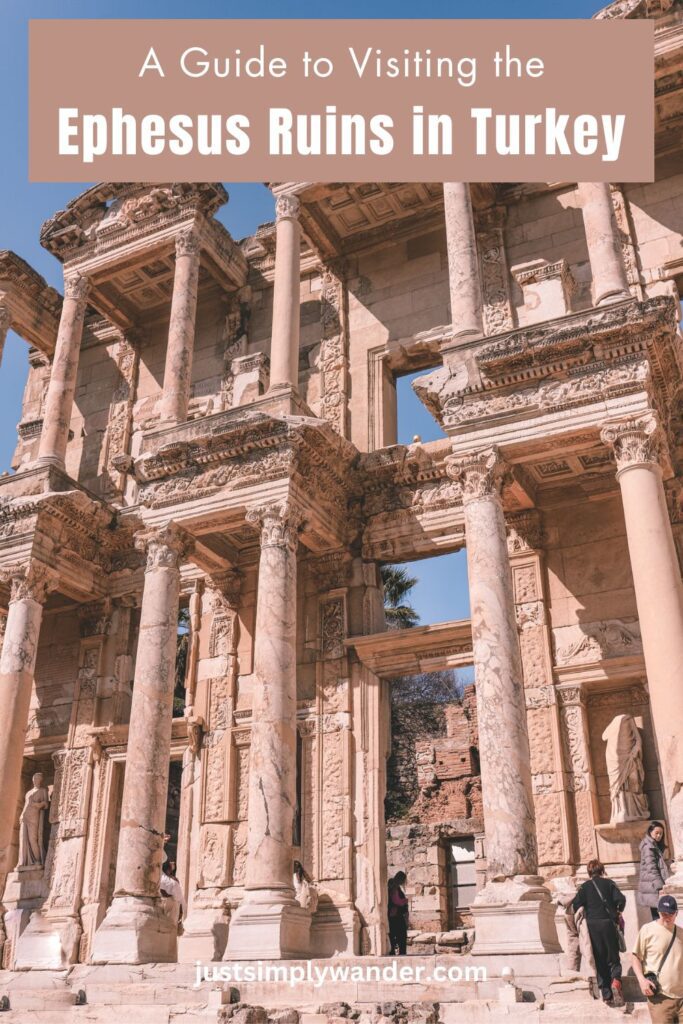
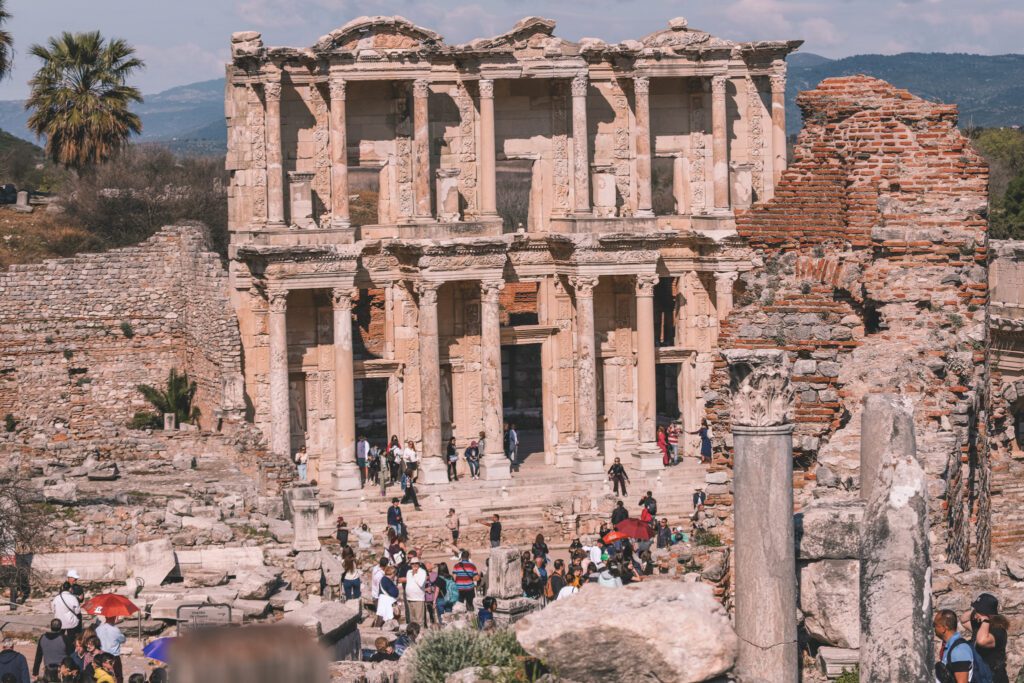

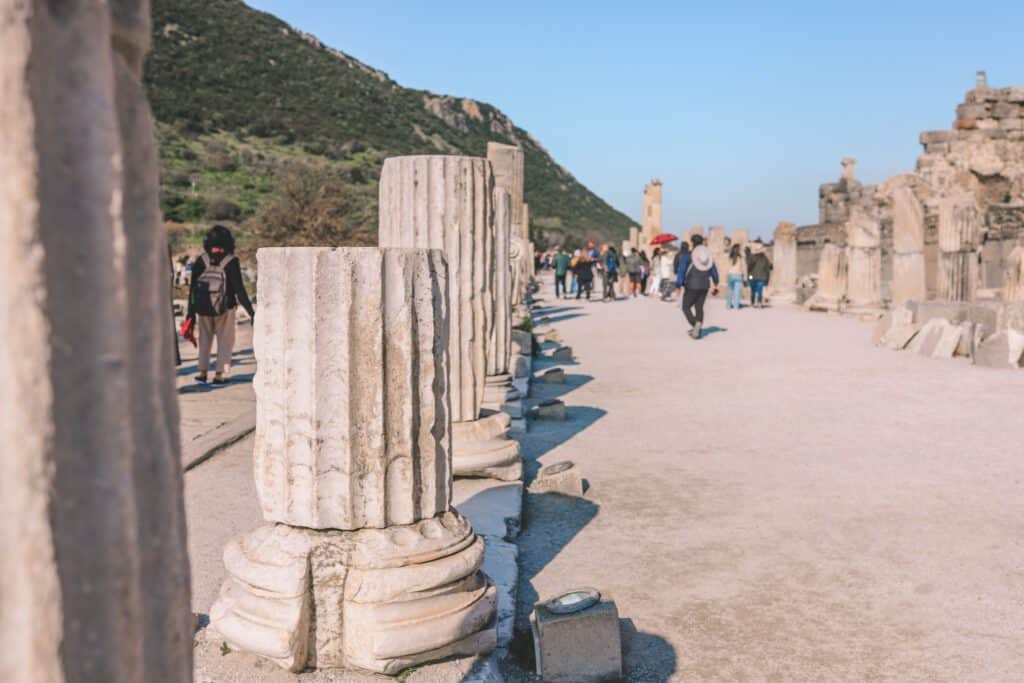
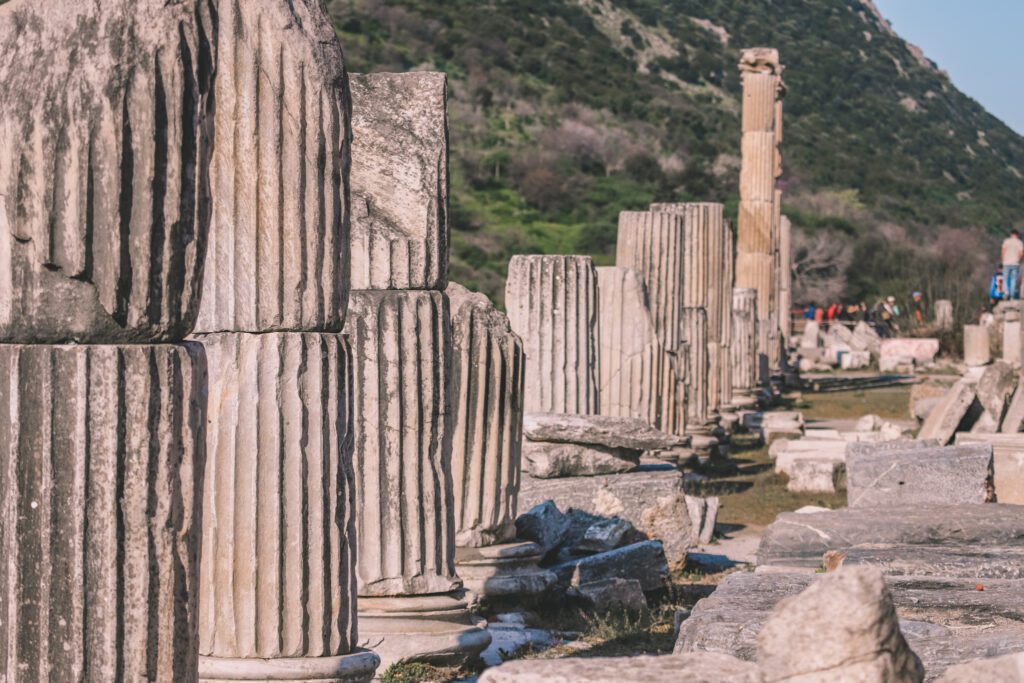
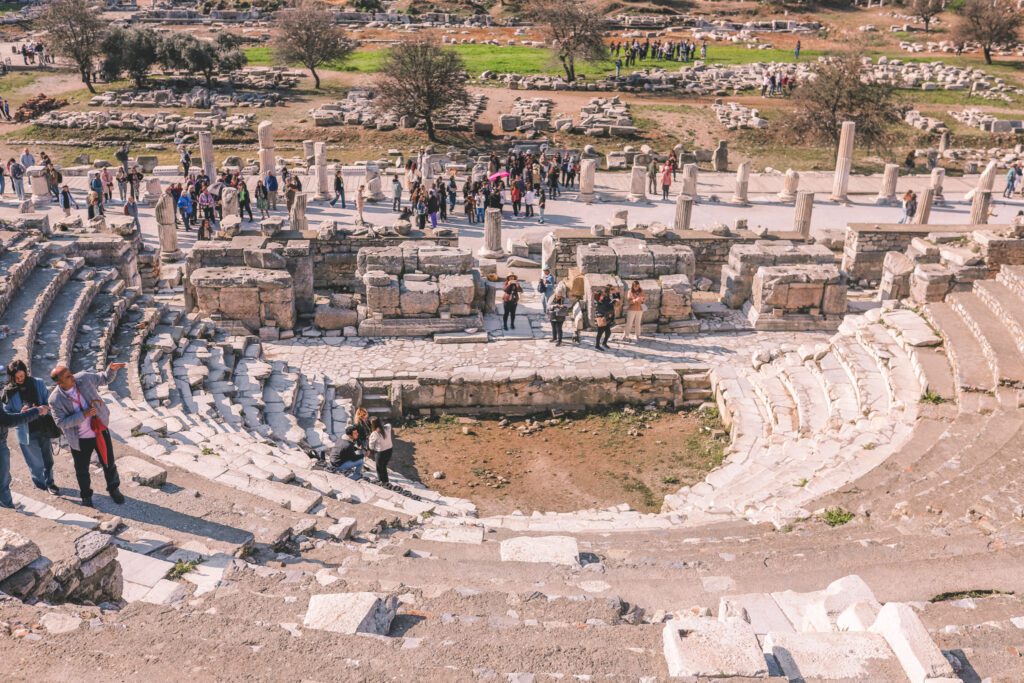
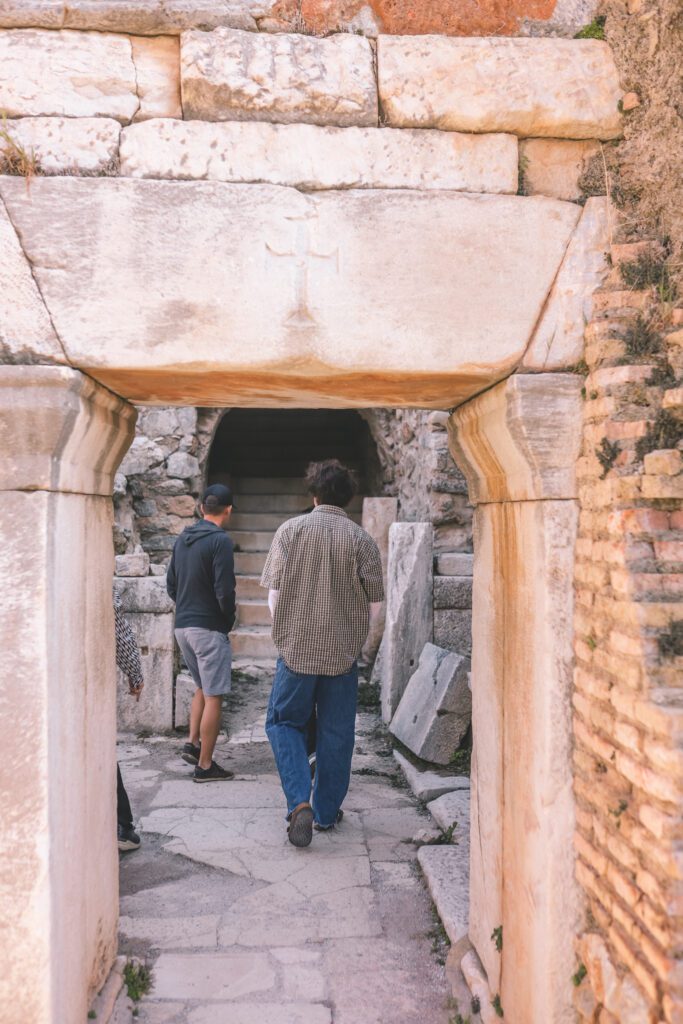
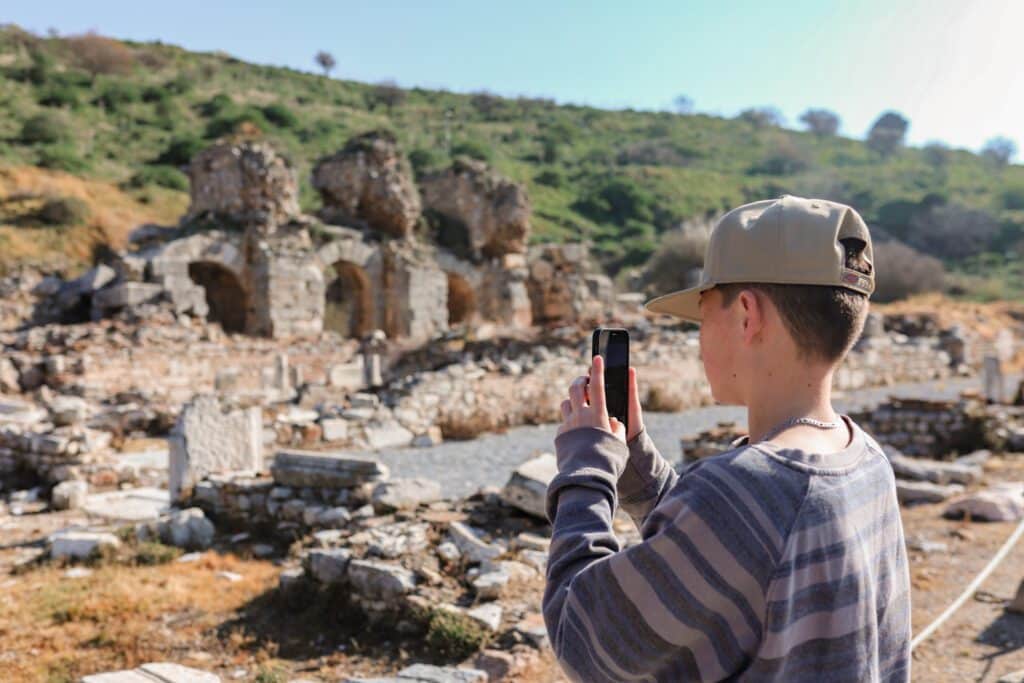
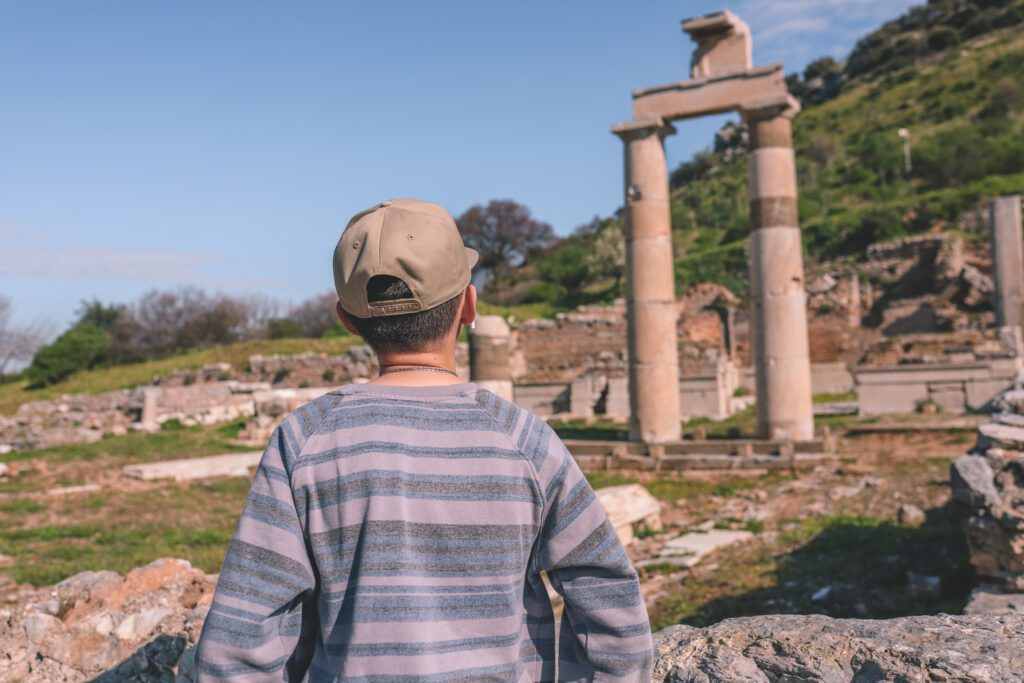



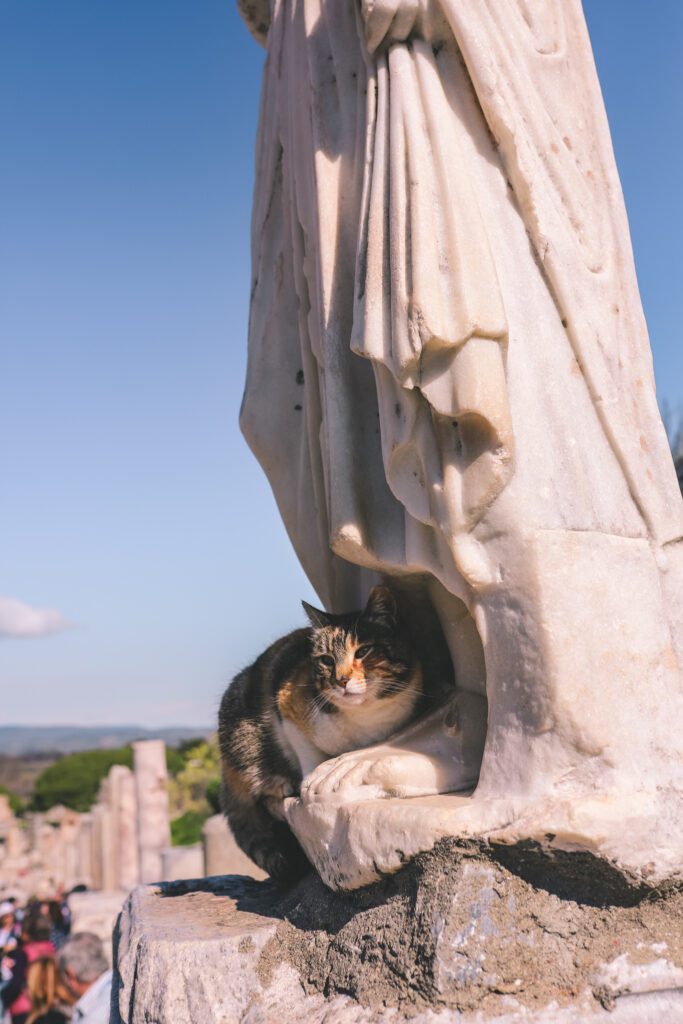
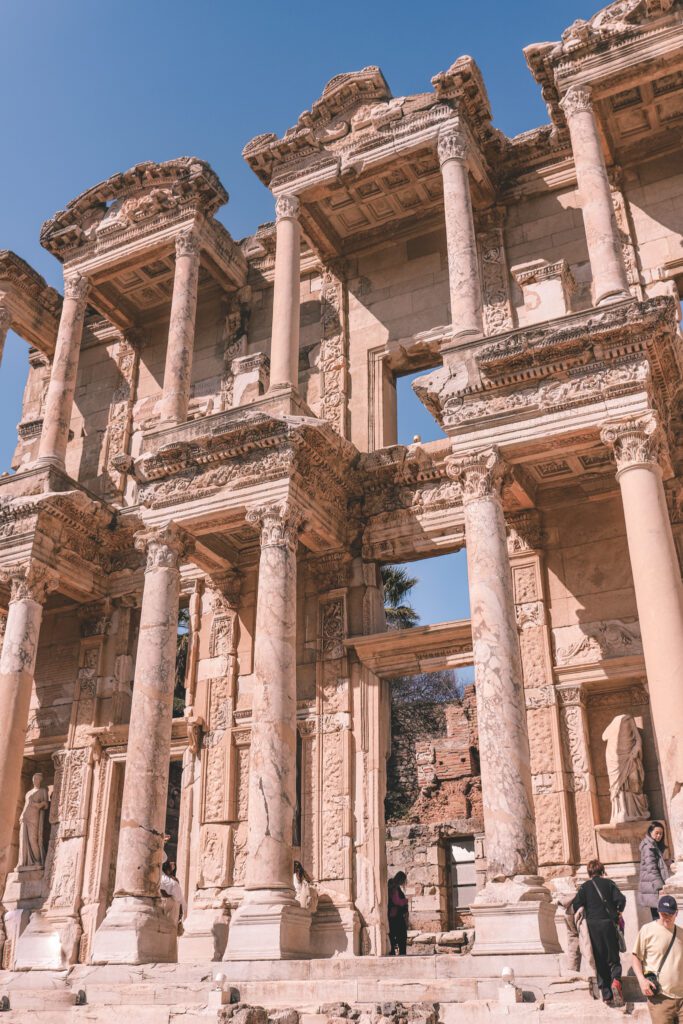

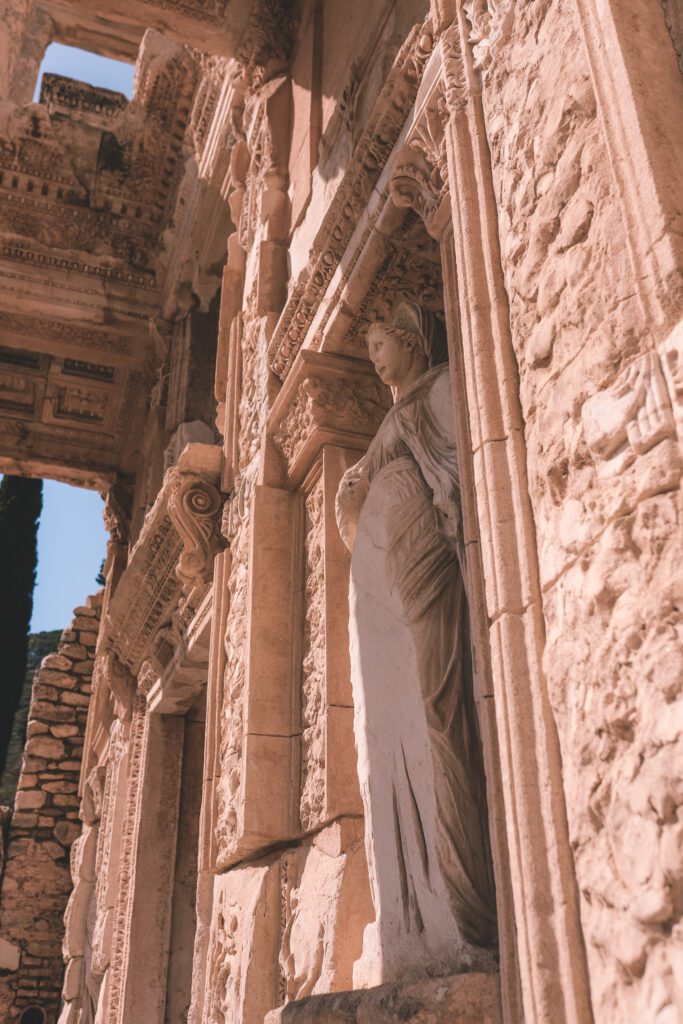
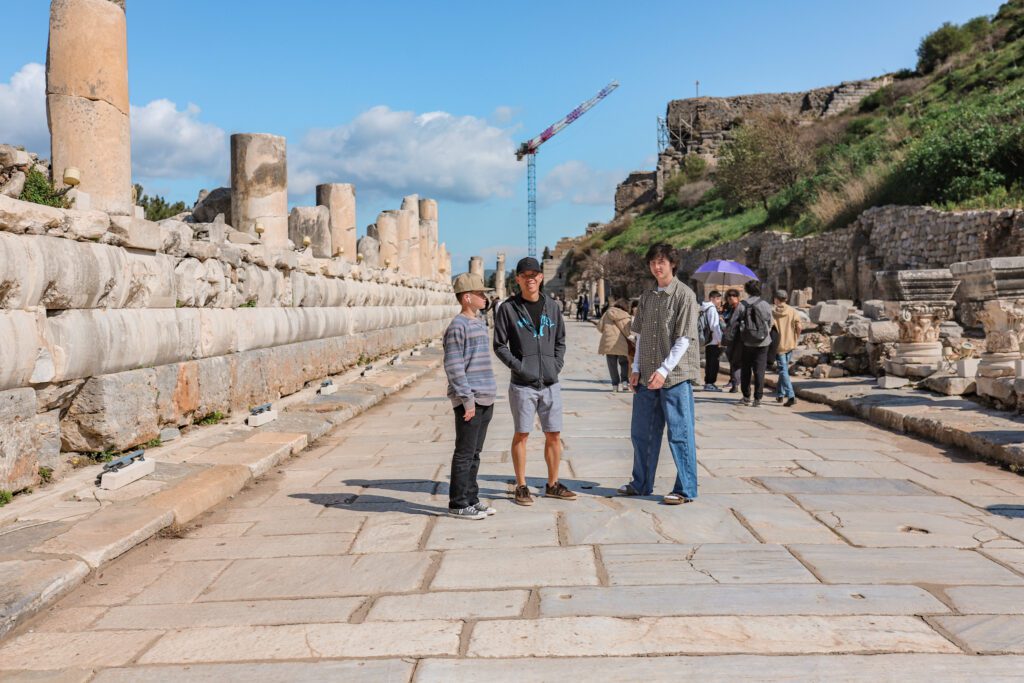

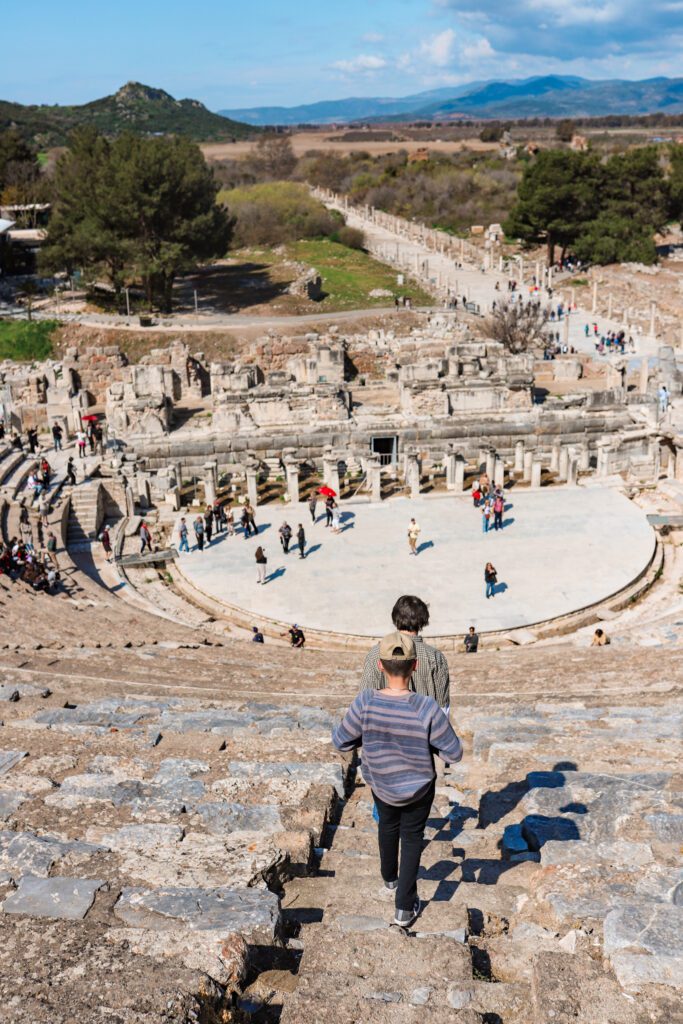
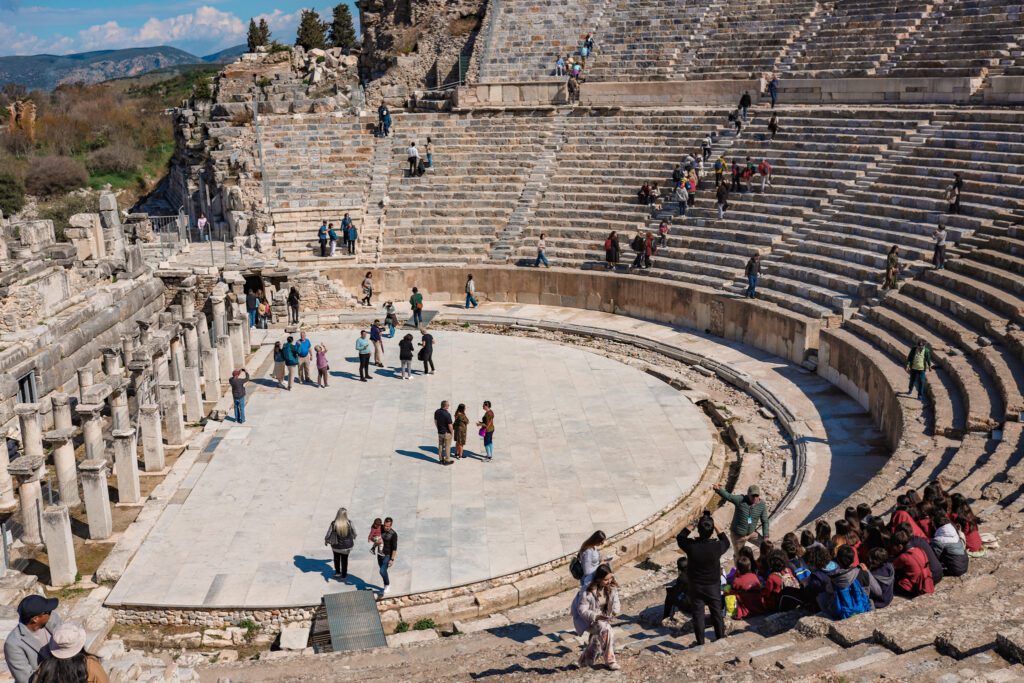
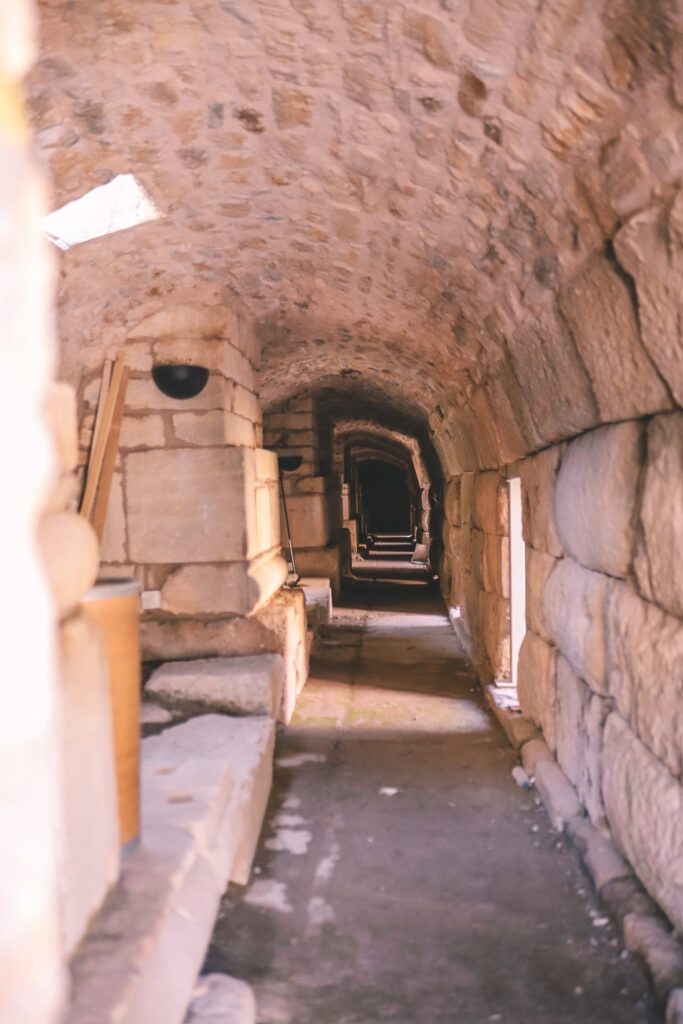

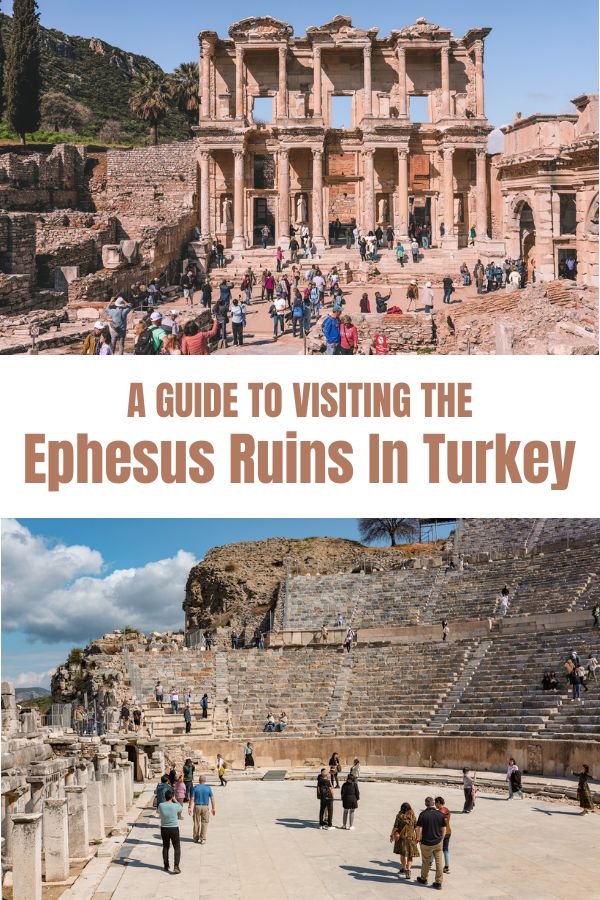
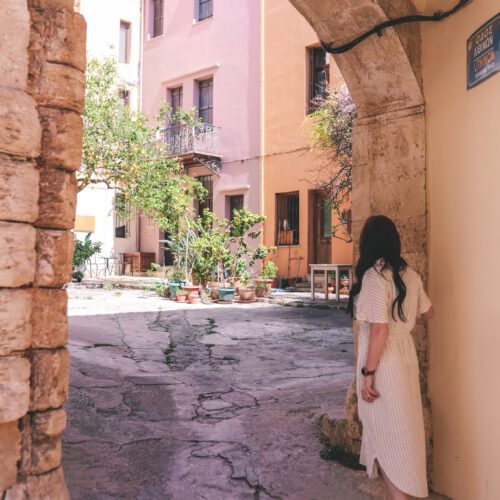


Leave a Reply